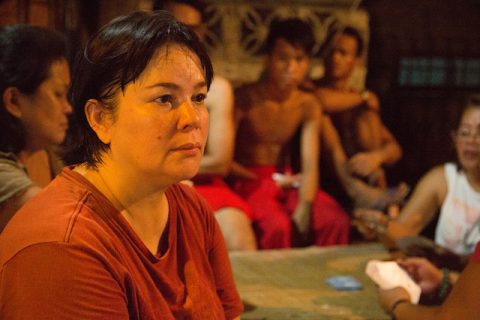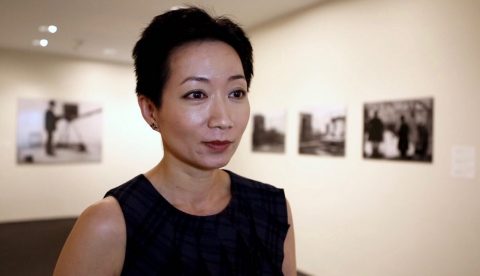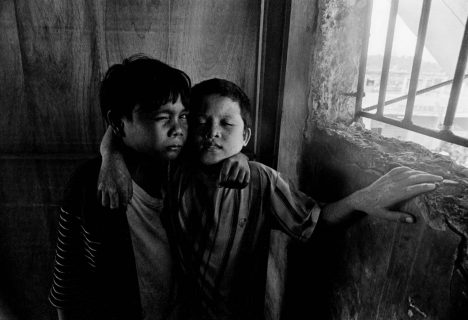
By Joanne Blanco Soriano
EBC New York Bureau
NEW YORK, NY (Eagle News) – The Museum of Modern Art (MoMA) in New York City, one of the leading institutions of modern and contemporary art in the world, is presenting an extensive and unprecedented selection of Filipino films from June 1 through June 25.
“A New Golden Age: Contemporary Philippine Cinema,” showcases films from 2000 to the present in what is considered to be the third golden age of Philippine cinema. The first golden age of Philippine cinema occurred in the 1950s, with the 2nd golden age taking place from the 1970s to the early 1980s.
MoMA describes this wave of filmmaking as an “exceptionally unique” and “largely unrecognized” movement. The films of this period cannot be summed up in a simple statement, testifying not only to the diversity of films and genres, but to the creativity and uniqueness of each individual director.
This series features 18 films by 13 directors such as Motherland by Ramona S. Diaz (a 2017 Sundance Special Jury Award winner), Transit by Hannah Espia, Norte, the End of History by Lav Diaz, Manila by Raya Martin and Ma’ Rosa by Brillante Mendoza.

We spoke with La Frances Hui, Associate Curator of the MoMA Department of Film, about the exhibition:
Why did you decide to spotlight Philippine cinema?
Philippine cinema has been doing really, really well in the past 15 years or so. I feel so excited by the diversity, by the vibrancy. Filmmakers are doing really original works and so this is really the perfect moment. We are still in the middle of this movement and I don’t know how much longer it will go. And we want to just take the opportunity to introduce these films to the American people.
How did you go about selecting the films for this survey?
Watching a lot of films over and over. I think, on and off, I have been working on this series for 2-3 years. I’ve been watching intensively in the past years and talking to people and asking them for recommendations. Last year, I went to Cinemalaya in Manila, the festival of independent films, and it is just about exploring, talking to people who have been presenting Philippine films, talking to filmmakers and watching films obsessively.
What has the public reaction been to this exhibition?
I think people are really excited and you know what is really interesting is that, I think, this is a major film movement and yet people don’t really know much about it. Not only in the United States, but around the world outside of the Philippines. And one of the reasons is because the movement is so diverse. There are so many different ways, different takes on forms, styles, storytelling and so it is very hard to describe what it is. Sometimes when you look at other major film movements, such as Italian neorealism, French new wave, Taiwan new cinema, there’s a way to find commonalities among the filmmakers and so you could talk about these movements as a whole. But Philippine films, they are just all over the place. It’s as if the filmmakers are not really in dialogue with one another. But I think they are. Except that they are just really singular artists making their own voices heard.
What are the characteristics of this 3rd Golden Age of Philippine Cinema?
One thing I can tell you is it’s very diverse. Everyone seems to be working on his or her own, independent of what else is being made. And so we have a variety of styles of documentaries and dramas. We have slow cinema, long form films and we have really experimental works. We have genre films, several action and horror films. It is such a diverse movement that it’s really all over the place, but at the same time, it’s the real reason why it is so exciting and unique.
Do you have any predictions for the future of Philippine cinema?
I cannot say where it is going. I certainly hope that they will continue to explore to express themselves. What has been really remarkable is that a lot of the filmmakers actually have very little resources but they are able to make films with very little. I had this conversation with two filmmakers. And they make films with very little money. They told me that when you have very limited resources, it forces you to make decisions on ‘what’s important to me. What is the most important thing when I make this film? And I’m just going to make sure that happens. I can compromise on resources, on finances, but there are certain things that I just won’t compromise.

(Eagle News Service)








